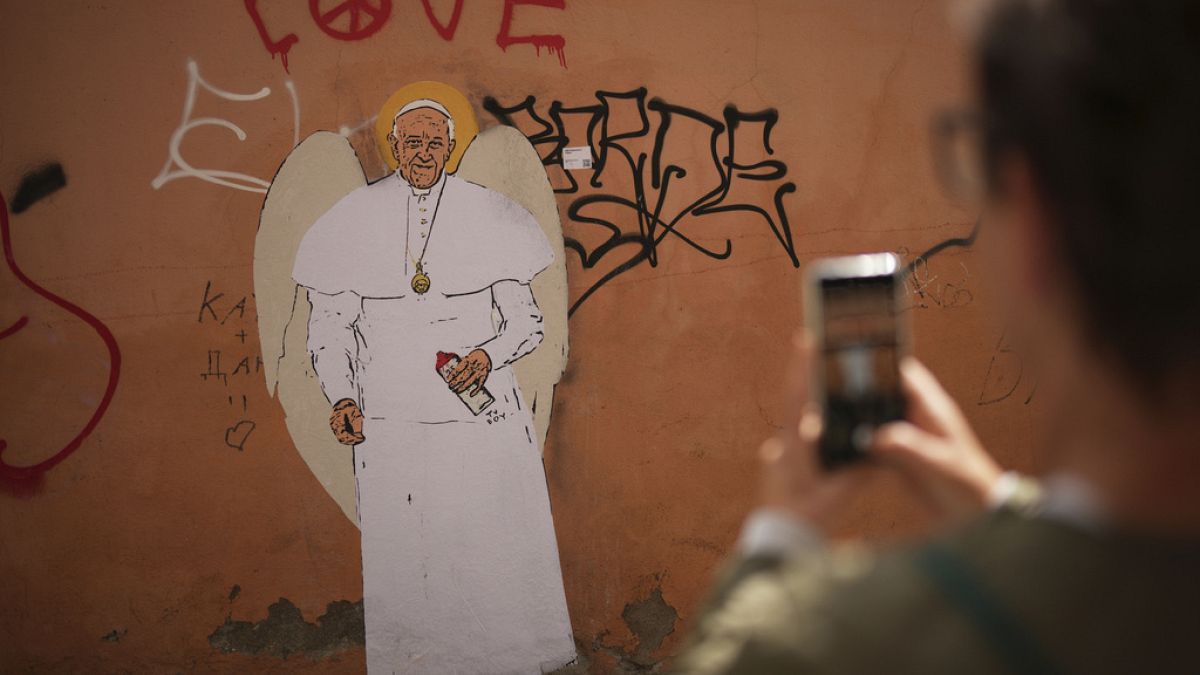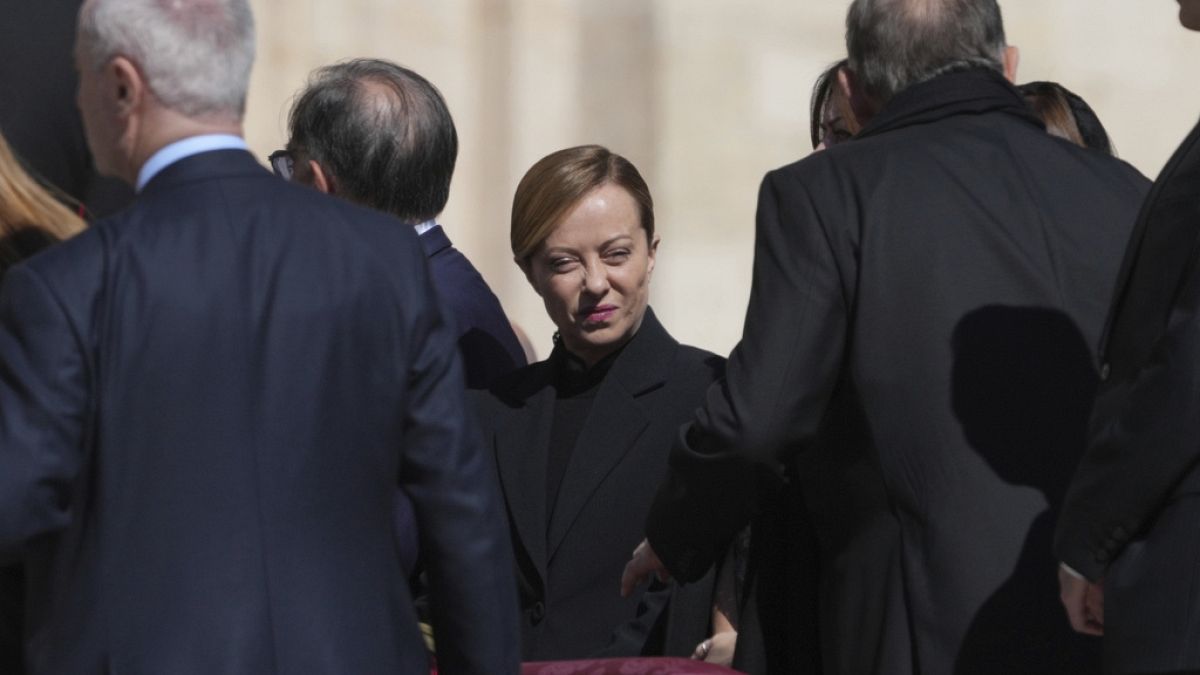Te Arikinui Kuini Nga wai hono i te po was welcomed to the Upper Treaty Grounds today for her first visit as monarch.
She was joined by dignitaries from Te Moana nui a Kiwa (Pacific Islands), iwi leaders, and Te Pāti Māori.
This time last year, her father the late Kīngi Tuheitia Potatau Te Wherowhero VII made the visit, bringing the mauri of the hui ā-motu with him and the stirrings of the Kotahitanga movement.
This year, Te Arikinui brought his kawe mate (a ritual mourning) to the birthplace of the Treaty of Waitangi.
Her arrival to Waitangi drew crowds keen to get a glimpse of the young monarch and watch as the haukāinga pulled out all stops to welcome her and other esteemed guests with an electrifying haka pōwhiri.
What happens at a haka pōwhiri?
A haka pōwhiri is a welcoming ceremony with an element of haka and today’s pōwhiri featured kaiwero (challenger).
Three respective kaiwero approached the visitors, crossing the massive green space in front of Te Whare Rūnanga and the Treaty House, cordoned off from the public.
Each kaiwero carried a taki that they placed in front of the queen’s ope (group), and a responding toa (warrior) split from the group to pick up the taki, a symbolic gesture of taking up the challenge and showing their intent. A show of peace allowed them to move forward.

The ope were then greeted with a mass haka by around a hundred kaihoe from various waka of Te Tai Tokerau.
As the visiting group continued forward, the kaihoe shifted aside to allow them through to Te Whare Rūnanga where they were then seen and greeted by kaikaranga and the proceedings moved directly in front of the whare.

Once seated, the whaikōrero part of the pōwhiri got underway.
There are different formats to whaikōrero, and Te Whare Rūnanga upholds its own protocols.
Generally, kaikōrero on the host side speak before visitors are invited to speak. Kaikōrero are usually men. But new protocols at Te Whare Rūnanga has meant that, once the visitors finished, women on the mahau (porch) can speak too.
It’s a hard fought for change that came to fruition last year.
Following the speeches, a hongi takes place to close the proceedings.
Can we expect the same tomorrow?
This is the level of welcome that esteemed guests to Waitangi can expect and have been treated to this week, as seen with the Governor-General, members of the judiciary, Waitangi Tribunal, ambassadors and high commissioners.
Tomorrow, parliamentarians will arrive, and in the past, they have been afforded the same respect though possibly with an extra charged layer of tension.
But a lot has happened in 12 months, and it will be interesting to see what kind of reception they will receive this year.












